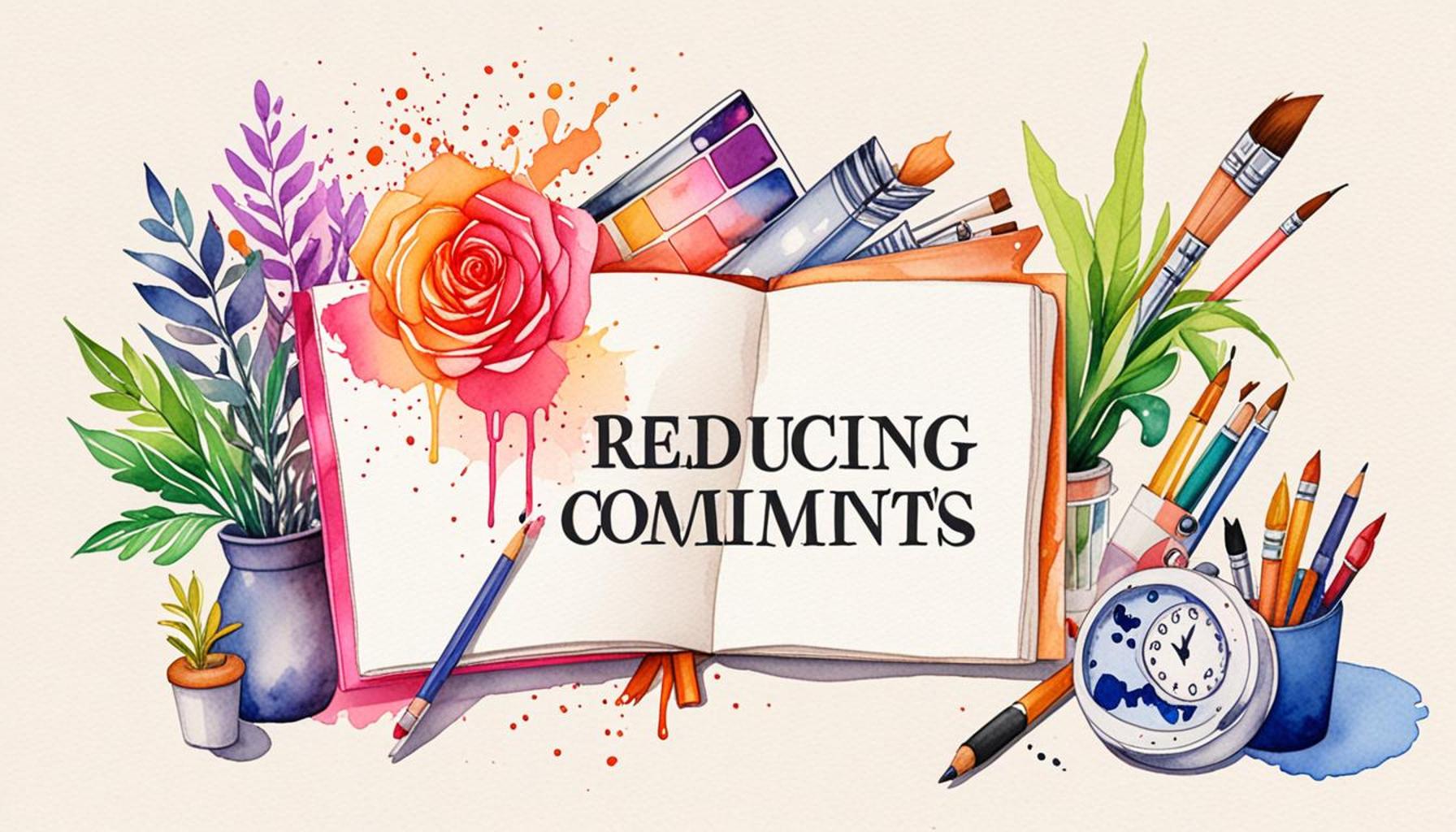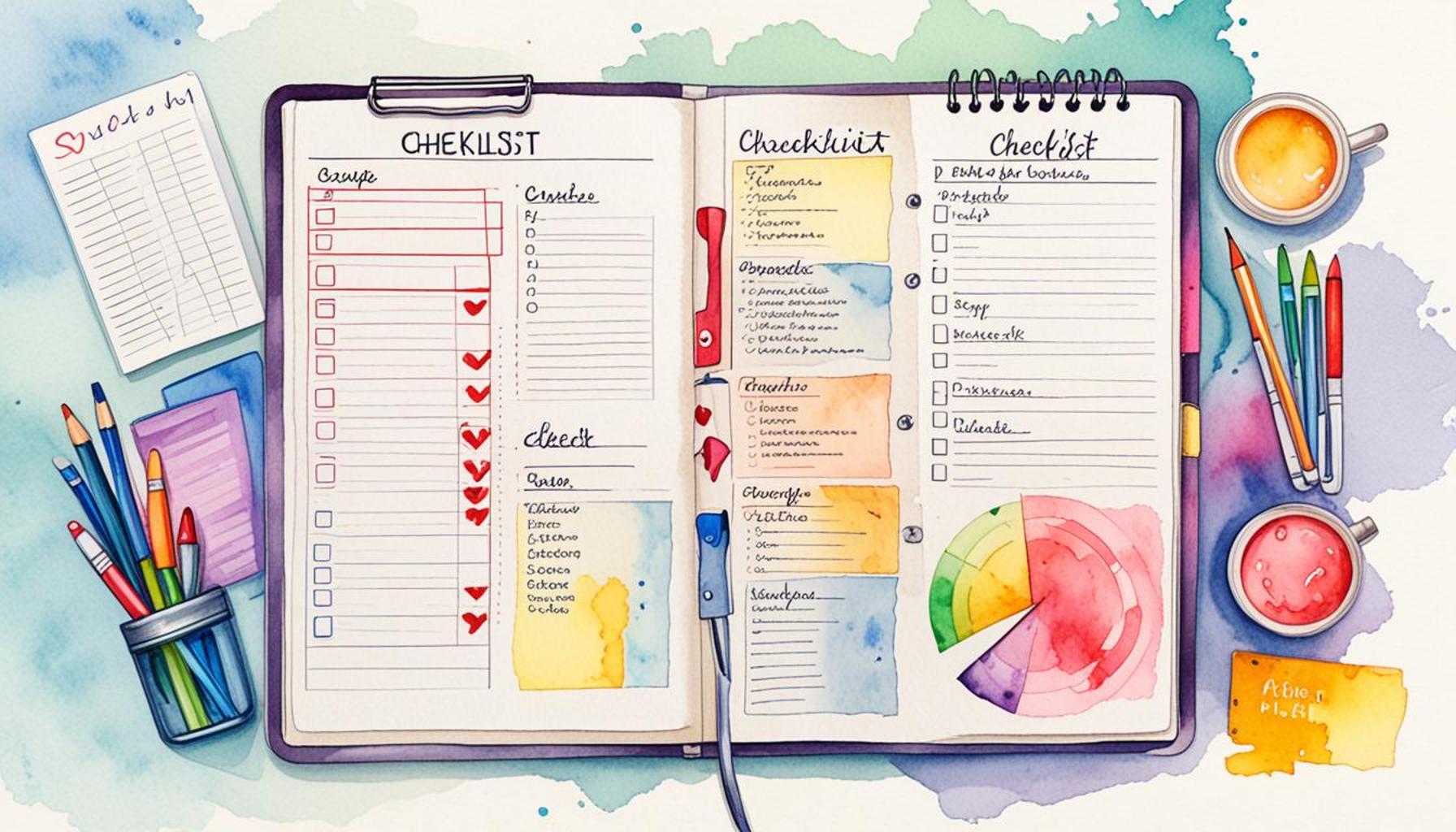Minimalism in Communication: Hacks for More Efficient Messages and Fewer Distractions

Understanding Minimalism in Communication
In today’s fast-paced environment, especially in the United States, where digital communication reigns supreme, individuals grapple with a constant barrage of information and connectivity. Mobile notifications, social media alerts, and the unending email chains can create a cacophony of distractions that impede effective communication. This is where the philosophy of minimalism in communication steps in, presenting a powerful antidote to the chaos.
At its core, minimalism emphasizes the importance of making every word count. The foundation of this approach is rooted in three fundamental principles:
- Clear Intent: Before composing a message, take a moment to define its purpose. What is the primary point you wish to convey? For example, if you are sending an email about a meeting, clearly state the date, time, and agenda without added fluff. This not only helps the recipient but also enhances your efficiency.
- Simplicity: Using straightforward language is key. Avoid jargon and overly complex sentence structures. Instead of saying, “We face significant challenges concerning our operational efficiencies,” consider rephrasing to “We need to improve how we work.” Such directness aids clarity and ensures your audience comprehends your message quickly.
- Conciseness: This principle calls for trimming the fat from your communication. A well-structured message should include only vital information. For instance, instead of a lengthy text update, summarize the main points in bullet form. Research from the Pew Research Center supports this; their findings reveal that concise messages are more likely to receive responses and engage readers.
Exploring these elements can illuminate how minimalism is more than just a communication style; it’s a transformative methodology. By adopting minimalism, you’re not merely shortening your messages; you’re enhancing understanding, fostering engagement, and improving interpersonal relationships. This practice is crucial whether you are drafting professional emails, texting friends, or engaging in face-to-face discussions.
The impact extends beyond clarity. Minimalism can reduce cognitive load, creating space for creativity and deeper thinking. By minimizing distractions from superfluous details, individuals can focus better on critical tasks or dialogue. This shift towards clearer communication fosters a culture of respect, as recipients feel valued when their time is acknowledged through succinct and purposeful exchanges.
As you seek to refine your communication approach, do not forget that this is a journey requiring continuous effort and adjustment. Experiment with these practices, reflect on their effectiveness, and adjust based on feedback. The rewards of mastering minimalism in communication are significant, propelling you toward more meaningful interactions and a more efficient daily routine.

DISCOVER MORE: Click here to dive deeper
Practical Strategies for Embracing Minimalism in Communication
In today’s fast-paced world, effective communication is increasingly crucial, yet often bogged down by unnecessary complexity. By adopting a minimalist approach, you can foster clarity and efficiency in your exchanges, whether in a boardroom presentation, a marketing campaign, or a friendly chat. Minimalism in communication emphasizes conveying messages in the simplest and most direct manner possible, removing distractions and complications that can muddle understanding.
Integrating specific strategies can help create a clearer dialogue. Here are some practical tips:
- Establish Clear Guidelines for Messaging: Consider crafting a personal or team guideline that serves as a checklist for your communications. Questions to consider include: Is my message direct and to the point? Does it fulfill its intended purpose? Have I weeded out unnecessary details that might confuse the recipient? By having these parameters in place, you can ensure that each message is succinct and meaningful, facilitating clearer understanding.
- Utilize Visual Elements: In an environment where individuals tend to skim through information, employing visuals can significantly enhance comprehension. For example, infographics and simple charts not only beautify your presentations but also make complex data more digestible. A study from the Online Learning Consortium highlights that visual aids can improve retention and engagement, thus amplifying the overall impact of your communications. This technique is especially useful in corporate settings or educational environments where clarity is paramount.
- Embrace Technology Mindfully: While modern tools facilitate concise communication, they can also lead to distractions when mismanaged. Opt for chat applications that support threaded conversations for clearer context, or use project management platforms that emphasize straightforward tasks and timelines. By embracing technology smartly, you can create a streamlined communication process that reduces noise and clutter, making conversations more productive.
- Practice Active Listening: Communication isn’t merely about speaking; it’s equally about listening. When you prioritize minimalism in your messaging, it’s essential to engage in active listening as well. This entails fully understanding what your conversation partner is expressing rather than merely formulating your response. Research shows that active listening enhances mutual understanding and fosters a more respectful dialogue. By focusing on the other person’s message, you pave the way for deeper and more meaningful conversations.
Implementing these strategies can cultivate a culture of respect and efficiency within both personal and professional realms. In workplaces that often experience chaotic communication, adopting a minimalist approach encourages clarity and purpose. According to a survey by Gallup, companies that value effective communication report 50% higher employee engagement, showcasing the immense benefits of a concise messaging strategy.
Moreover, by reducing the volume of superfluous information, you not only save time but also foster deeper engagement with essential content. This cumulative effect reaches beyond individual interactions, leading to heightened productivity and improved satisfaction in communication. Ultimately, minimalism in communication serves as a catalyst for transformative dialogue, paving the way for clearer narratives and more dynamic interactions. By incorporating these practices, individuals can not only enhance their personal communication skills but also contribute positively to the communication climate of their larger organizations.
| Effective Techniques | Key Advantages |
|---|---|
| Use of Bullet Points | Increases clarity by allowing readers to grasp key ideas quickly. |
| Visual Elements | Enhances engagement and aids memory retention, reducing cognitive load. |
| Shorter Sentences | Promotes faster comprehension and minimizes misinterpretation. |
| Prioritizing Information | Helps readers focus on essential messages without distractions. |
| Decluttered Design | Reduces noise, allowing communication to flow more efficiently. |
Delving deeper into the nuances of minimalism in communication reveals several effective techniques that can substantially enhance the efficacy of your messages. It is essential to adopt practices such as the use of bullet points, which serve to condense information into digestible snippets, enabling quicker grasp of key ideas. Furthermore, incorporating visual elements such as infographics and images not only captures attention but also reinforces memory retention, making the message more impactful while reducing cognitive load on the reader.Another critical strategy is employing shorter sentences. This approach minimizes the chance of misinterpretation, as concise wording leads to faster comprehension. Additionally, prioritizing information by highlighting essential elements helps the audience focus on what truly matters, cutting through the distractions that often accompany dense communication.Moreover, adopting a decluttered design ensures that your messages do not get lost in a maze of unnecessary details. This streamlined approach fosters smoother communication, enhancing overall message efficiency. By embracing these minimalist techniques, you can transform how information is conveyed and received, paving the way for more effective dialogue.
DIVE DEEPER: Click here to simplify your tasks
Enhancing Engagement Through Minimalistic Communication Techniques
As we navigate the landscape of modern communication, it becomes increasingly clear that the effectiveness of our messages is key to fostering meaningful connections. Minimalism in communication does not only simplify messages; it can also significantly enhance engagement levels. When we focus on delivering concise content, we capture the audience’s attention, paving the way for more impactful conversations. Here are additional strategies to further enhance your communication by applying minimalist principles:
- Prioritize Your Message Structure: A well-structured message is the backbone of effective communication. Utilize the “Inverted Pyramid” style commonly seen in journalism, where you present the most critical information first, followed by supporting details. This method ensures that even if the reader only skims your message, they still take away the essential points. Organizations like the Pew Research Center emphasize the importance of clear messaging, noting that structured communication leads to a better understanding of complex issues.
- Limit Message Length: Strive to make every word count. The efficiency of a message can often be measured in its brevity. Aim for shorter emails and texts, ideally under 150 words for email and a similar limit for text messages. According to research from Boise State University, reducing message length can lead to higher comprehension rates among recipients. As a best practice, consider using bullet points or numbered lists to articulate important bulletins clearly and succinctly.
- Incorporate Feedback Loops: Encouraging feedback is a crucial aspect of communication that reinforces clarity. Initiate a dialogue with open-ended questions that invite contributions. Phrases like “Does this make sense?” or “What are your thoughts?” demonstrate that you value the recipient’s input and encourage a collaborative atmosphere. A study from McKinsey & Company suggests that feedback not only nurtures relationships but also enhances overall effectiveness in communication exchanges, clarifying any potential misunderstandings.
- Use Contextual Reminder Cues: Reducing distractions isn’t purely about simplifying contact; it’s equally about helping recipients stay focused. Incorporate reminder cues or brief contextual notes when presenting complex ideas or information. For instance, in a meeting, provide handouts with key terms or concepts summarized; this will aid comprehension and ensure everyone is on the same page. A study from Harvard Business Review indicates that contextual cues help maintain attention and foster deeper engagement, making conversations more fruitful.
Applying these techniques reinforces the clarity and efficiency of your communications, ensuring that messages are not just received but understood. A 2022 report by LinkedIn found that 60% of professionals believe that improved communication drastically enhances workplace relationships and collaboration. By concentrating on the essentials and removing the emotional and informational clutter, you open the door for more engaging and effective exchanges.
With constant demands for attention in our hyper-connected world, minimalism in communication can serve as a powerful antidote to information overload. By implementing strategies that streamline interactions and hone in on the essentials, you elevate not only message clarity but also overall engagement amongst your peers, friends, and audiences. This approach fosters a healthier communication environment, allowing all parties involved to thrive in an age of distraction.
DIVE DEEPER: Click here to discover how minimalism can enhance your productivity
Conclusion: Embracing Minimalism for Impactful Communication
In an era where communication overload often leads to confusion and disengagement, minimalism in communication emerges as a crucial strategy for enhancing the efficacy of our interactions. By prioritizing clarity, brevity, and structure, we can capture and hold our audiences’ attention while facilitating deeper connections. The techniques we’ve explored, from utilizing the “Inverted Pyramid” for message structure to incorporating feedback loops, not only streamline our communication but also foster a culture of collaboration and understanding.
As highlighted by insights from organizations such as Pew Research Center and McKinsey & Company, the way we convey our messages greatly impacts the relationships we build. The simplicity achieved through minimalism allows essential ideas to shine, making them accessible to various audiences. Furthermore, the practice of limiting message length, as suggested by research from Boise State University, demonstrates the role of brevity in improving comprehension and engagement.
As we move forward in this fast-paced, information-saturated landscape, adopting a minimalist approach to communication is not just advantageous; it is essential. By focusing on what truly matters and cutting through the distractions, we can create a more engaging, productive, and harmonious communication environment. Whether in professional settings or personal interactions, implementing these hacks elevates not only message clarity but the entire communication experience, leading to more meaningful exchanges and enhanced connections in the long run.


